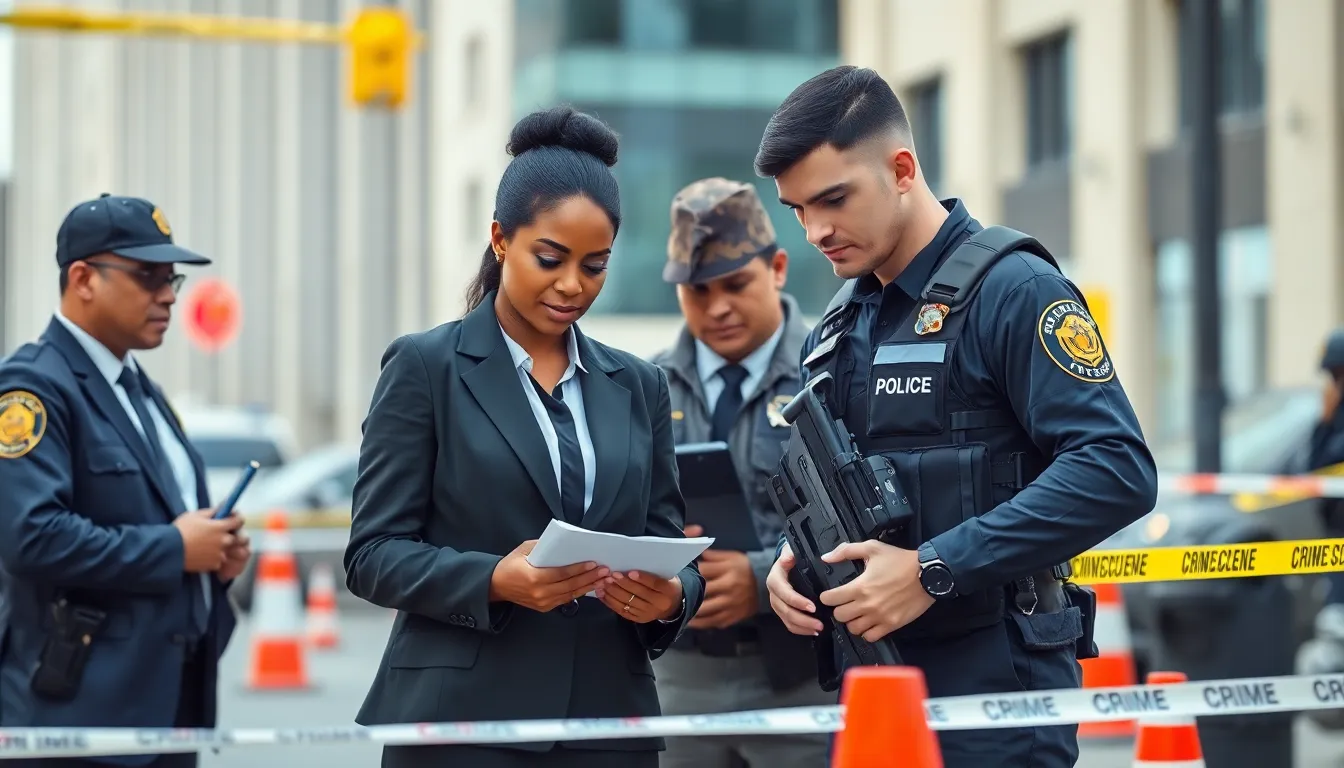Table of Contents
ToggleWhen it comes to crime, understanding the lingo can feel like cracking a code. One term that often pops up is “MO.” No, it’s not short for a new trendy coffee shop; it stands for “Modus Operandi.” This fancy Latin phrase translates to the method or pattern a criminal uses to commit their misdeeds. Think of it as their unique signature—like a chef who always adds a pinch of salt to every dish.
Understanding MO in Crime
The term “MO,” short for Modus Operandi, captures the distinct methods criminals apply when executing their acts. Identifying this pattern is crucial for law enforcement agencies.
Definition of MO
MO represents the characteristic behaviors and techniques associated with specific criminals. It includes their choice of victims, the tools they use, and the timing of their actions. Unique patterns emerge which help differentiate one criminal from another. Detectives analyze these behavioral traits to establish connections between crimes, providing insight into a suspect’s identity. MO encompasses more than just actions; it reflects the underlying motivation and planning behind the crime.
Importance of MO in Criminal Investigations
Understanding MO aids investigators in solving cases effectively. By dissecting a criminal’s methods, law enforcement gathers invaluable evidence to forecast potential future crimes. This predictive capability streamlines the investigation process, directing resources to areas where the criminal may strike next. Investigators often utilize databases to identify similar MOs across multiple cases, linking perpetrators to a series of crimes. Establishing patterns not only heightens the chances of apprehension but also enhances public safety initiatives. Recognizing a criminal’s unique MO serves as a vital tool in the fight against crime.
Different Types of MO


Understanding the various types of MO in criminal behavior provides insight into how crime patterns emerge. Each criminal demonstrates unique characteristics that aid law enforcement in identifying and capturing them.
Common Patterns in Criminal Behavior
Common behaviors include the selection of victims, method of approach, and execution of the crime. Criminals often target specific demographics, whether that involves age, gender, or socioeconomic status. Patterns can reveal preferred locations where crimes frequently occur. Timing plays a critical role as well; many offenders strike at night or during events when potential witnesses are minimal. Each of these identifiable features contributes to understanding a criminal’s operational methods.
Examples of MO in Various Crimes
Examples of MO span different crime types, showcasing diverse tactics utilized by criminals. In violent crimes, a perpetrator may use a particular weapon, such as a firearm or knife. Theft cases often illustrate the use of tools like crowbars for breaking and entering. Cybercriminals may employ phishing emails to lure victims into providing sensitive information. Robberies can involve active scenarios where offenders use intimidation or disguises. Each crime type has distinct elements that form the foundation of the MO, making it easier to apprehend suspects based on behavioral patterns.
Analyzing MO for Crime Solving
Understanding modus operandi (MO) plays a critical role in solving criminal cases. It provides distinctive patterns that help law enforcement track and capture offenders.
Case Studies Involving MO
Examining real-life cases reveals how MO directly influences investigative outcomes. The Green River Killer, for example, showcased a consistent method of luring victims and disposing of bodies. Authorities utilized his MO to connect multiple crime scenes, culminating in an arrest in 2001. Similarly, Ted Bundy exhibited a specific approach to select victims, which made it easier for investigators to identify patterns in his crimes. By analyzing these cases, law enforcement can refine their strategies and increase the likelihood of successfully solving similar cases in the future.
The Role of Behavioral Analysis
Behavioral analysis enhances the understanding of MO in criminal behavior. Investigators study psychological patterns to anticipate a criminal’s next move. Profilers assess factors such as past behavior, victimology, and crime location to construct a comprehensive picture of the suspect. The FBI’s Behavioral Analysis Unit employs these techniques to identify potential offenders based on their MO. By analyzing behaviors and preferences, experts can provide insights that aid in narrowing down suspect lists and increasing the efficacy of investigations. This method allows law enforcement to utilize MO as a powerful tool in preventing and solving crimes.




